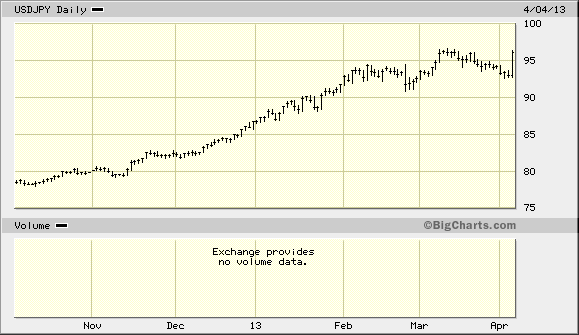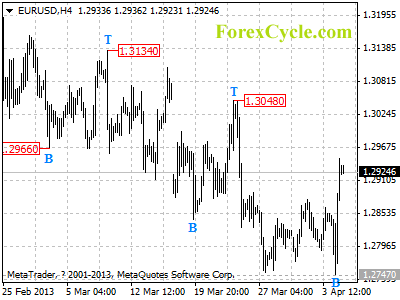By Bill Bonner
Dear readers ask about gold. Is it time to sell? To buy? To forget about it?
Gold fell $25 yesterday; it now stands at $1,575 per ounce. The gold
price could break all the way down to $1,000. But we don’t expect it.
Gold is not in a bubble.
As you have seen, gold is neither overpriced nor underpriced. It buys
about what it should buy. Maybe a little less. Maybe a little more.
How do we know what gold “should” buy?
We don’t, really. But gold is a natural thing. It is pulled from the
earth by people, using the technology and resources available to them.
As their productivity in other areas goes up, so does – generally –
their ability to extract gold from the ground.
If GDP goes up 10%… the quantity of gold usually goes up about the
same amount. If the economy goes into a decline, so does the gold mining
industry… reducing the rate of growth of the gold supply.
For these reasons, the supply of gold is usually more or less in sync
with the supplies of other goods and services. And the exchange rate
between gold and other goods and services is usually stable.
This was also the observation of Roy Jastram, who wrote The Golden Constant in 1977. Jastram looked at 500 years of British history. He found that prices – in terms of gold – were remarkably stable.
And here we see that prices for stocks, too, were also stable… as
long as gold – rather than an economist – stood behind the currency.
You can see for yourself from the above chart of the Dow/gold ratio
going back to 1800. Prices for stocks went haywire in gold terms only
after Congress created the Federal Reserve System in 1913.
Then the world went off the gold standard during World War I. (It was partly the struggle to get back on the gold standard that set off the bubble of the 1920s.)
Then there was another big run-up of stock prices – in terms of gold –
in the 1950s and 1960s… and again in the 1980s and 1990s. The chart
also shows the Dow/gold ratio heading down for the last 13 years… with
no clear sign that it has reached the bottom.
But wait. Hasn’t most of the profit for gold buyers already been made? Tekoa Da Silva from BullMarketThinking.com explains:
In response to that, the Pareto
Principle suggests that 80% of the gains are found in the final 20% of
the bull market. As it currently stands, the Dow/gold ratio is sitting
at roughly 9-to-1. A move to a 5-to-1 ratio would require a
$2,907-per-ounce gold price, a 3-to-1 ratio $4,845 per ounce, and a
2-to-1 ratio would require a stunning $7,268-per-ounce gold price.
A 2-to-1 ratio move from here equates
to a 400% move higher in gold, and of course, a 1-to-1 ratio ($14,500
per ounce) would equate to an over 900% move left remaining in the gold
bull market.
Be Happy
Da Silva does not say so, but the Dow/gold ratio could come down in
another way. Gold does not have to go up in price; stocks could fall. If
the Dow were to slip to 8,000, for example, this would be equivalent to
a 5-to-1 ratio.
When the stock market cracked in 2000… and gold continued to
rise… we thought the two were headed for a historic conjunction.
Perhaps at 2-to-1. Perhaps at 1-to-1. Where would the two meet?
We guess it would happen at about 5,000. Gold would rise to $5,000 per ounce… and the Dow would fall to 5,000.
Or at 2-to-1 – the Dow could fall to only 10,000… while the gold price rose to $5,000 per ounce.
Who knows? But there is no reason to think that things have changed in any fundamental way.
Gold is still real money. It is still brought forth only with much
effort and investment. And the Dow stocks still represent a certain
group of publicly listed, US-domiciled companies from which you can
expect a certain earnings stream. There is no reason to think that the
basic relationship between the Dow stocks and gold has been altered in
any fundamental or everlasting way.
For practically the entire 19th century… many years of the 20th
century… and as recently as the 1980s, the ratio of the Dow to gold
was 1 to 5 or less. Investors paid 5 ounces of gold to buy the Dow and
its earnings.
Will the Dow once again trade for 5 ounces of gold or less? Almost
certainly. And it will probably happen before this historic drop in the
Dow/gold ratio has reached its final bottom.
Hold your gold. Sell your stocks. Floss your teeth. And be happy.
Regards,

Bill
To learn more about Bill visit his Google+ page or go to Bill Bonner’s Diary





